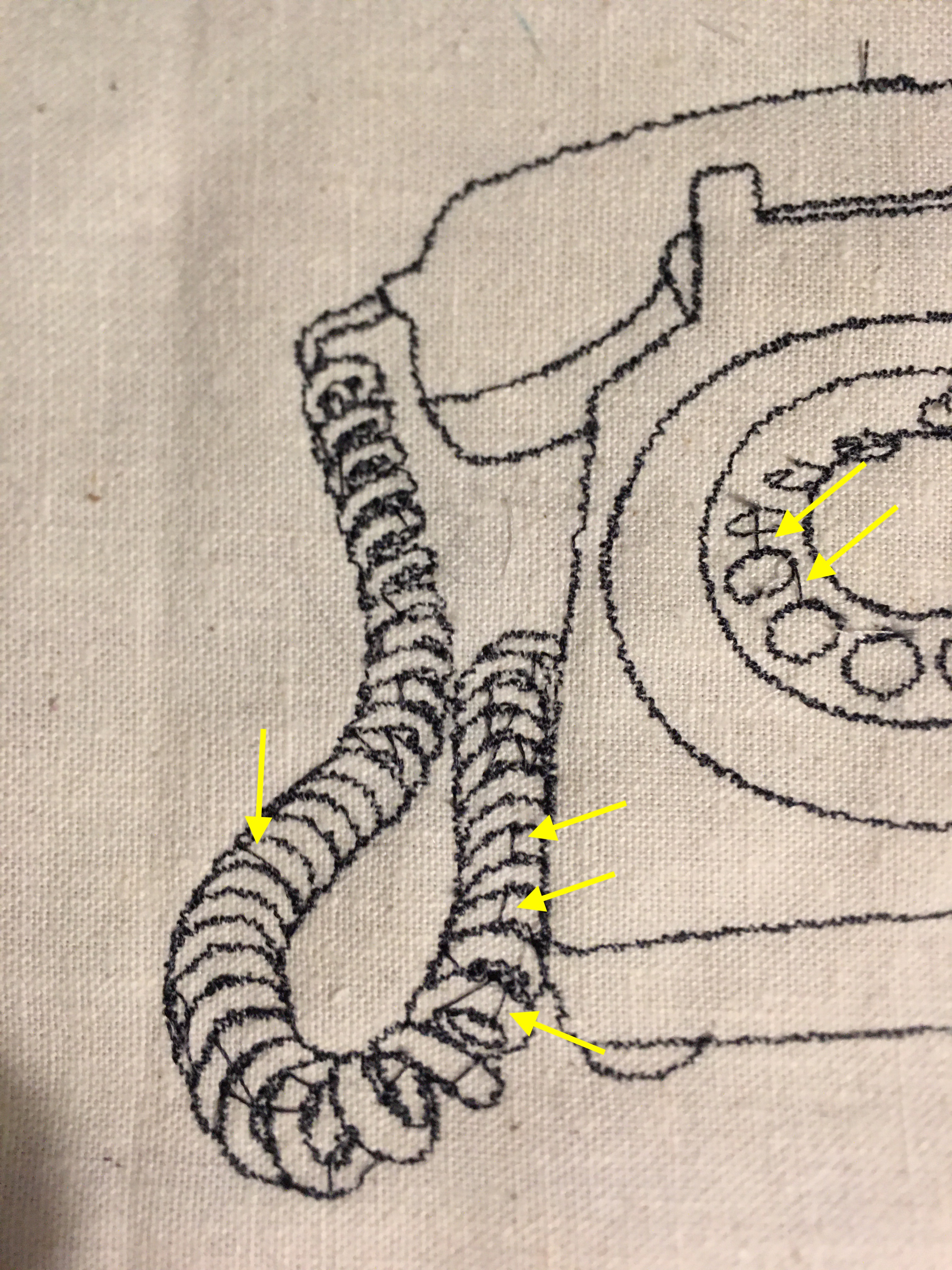This is an interesting algorithmic problem, basically all the joining points can be viewed as nodes in a graph, and the polylines connecting them are the edges. The problem can be reduced to a depth first search that tries to visit all the edges. Upon visiting a node, it tries to recursively visit one outgoing branch at a time, and when it hits a fully visited node, it comes back in the exact same path as it went out. It then visits the next outgoing edge of the node, and so on. It's a bit like maze solving, except that it doesn't stop when finding a "solution", but instead deplete all the roads.


I am not sure if "bridges" is the right term; but it would be awesome to enable an option for which small bridge-stitches are replaced with repeating an already existing path. When doing outline work it can become a lot of work manually cutting all the little bridges between the different continuous runs. I think sometimes it would be fine to run over an already exiting path and as a result have a slightly thicker looking stitch instead of having these jumps.
I know the main focus of this library is not to turn images in to stitchings but rather create generative works, but that's just how my family rolls right now ;)